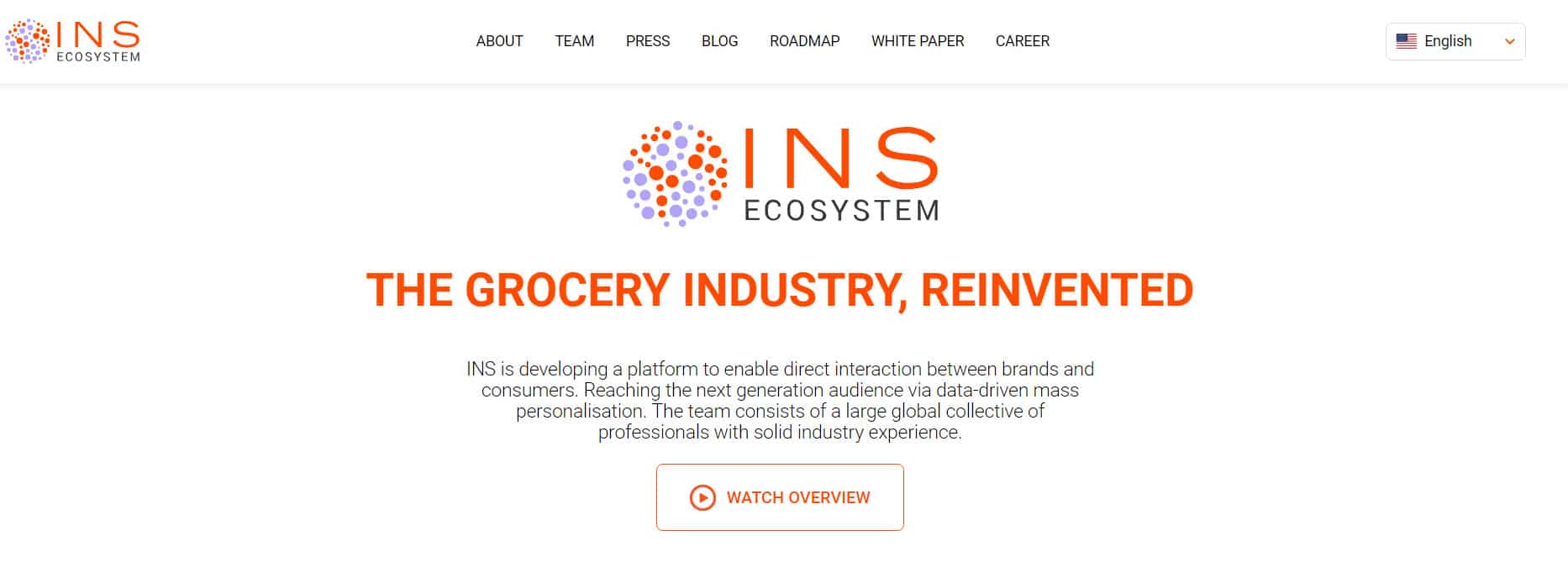Decentralization has many implications for industries and people around the world. Reduced fees, increased efficiencies, removal of misaligned interests and layers of corruption and greed. But it’s particularly interesting when it comes to a decentralized marketplace since the pioneers of the “sharing economy” now find themselves thrust into the spotlight.
What Is a Decentralized Marketplace?
A decentralized marketplace allows for truly peer-to-peer transactions without centralized authorities taking their fees. This is made possible through blockchain technology and smart contracts. We no longer need the trusted third party verifying sellers and ensuring payments. We have a technology to do that for us now.
So, you know when Airbnb and Uber ushered in a new era allowing people to rent out and monetize items? Or eBay and Etsy allowed people to sell products online and Upwork and Fiverr helped them sell services? Well, now blockchain’s knocking on their doors to show them what peer-to-peer really means.
A Blockchain Decentralized Marketplace
Most of the more robust decentralized marketplaces so far have been built on the Ethereum blockchain, with the notable exception of OpenBazaar, which uses Ricardian contracts to ensure data authenticity and Escrow to settle payment disputes.
Ethereum makes a logical choice today since it allows for the use of smart contracts to establish trust and ensure that transactions take place. It also has the largest developer community and accelerator companies like ConsenSys onboard backing exciting new projects and DApps.
There are alternative decentralized marketplaces being built on the NEO blockchain as well as the DAG. Both these structures allow for thousands (and potentially millions) of transactions to take place simultaneously. As more and more users join decentralized marketplaces, scalability will be an issue. Ethereum currently only handles 15 transactions per second.
Some interesting protocols are appearing for companies and individuals to help them build their decentralized marketplace more easily. You could think of them as the WordPress of blockchain marketplaces. These include Origin, Origami Network, and SysCoin.
Both of the former are Ethereum-powered protocols. SysCoin uses the Z-DAG for greater speed, scalability and a master node layer for a hybrid Proof of Work/Proof of Stake model. So, if you want to start your own TaskRabbit, Etsy, or HomeAway, you can use any of these as your base.
Plenty of promising startups are already building next-generation decentralized marketplaces on the blockchain. But it should be noted that there is still no one that can single-handedly take on the incumbent players.
Your preference will obviously depend on what you’re in the market for. But let’s take a look at some of the top decentralized marketplaces using blockchain technology today.
General eCommerce
OpenBazaar

Probably the most well known decentralized marketplace for online buying and selling is OpenBazaar. You can list whatever you want and pay in 50+ different cryptocurrencies (originally, they only accepted Bitcoin) with no transaction fees. You’ll need to download a program on your computer to use it, as this is to make OpenBazaar as free from centralized bodies as possible.
OpenBazaar was originally designed to be a dark market, winning the Toronto 2014 Hackathon. But it ended up being forked to become a place where anyone can interact, not just those familiar with dark web protocols.
So think clothes, artwork, furniture, and even BnB listings. To avoid scammers and disputes, OpenBazaar uses Bitcoin’s multi-signature Escrow feature. This allows buyers and sellers to agree on a neutral, mutually trusted third party before starting a trade.
The buyer sends their Bitcoin (or preferred cryptocurrency) but it is only released when two of the three parties agree. Since a decentralized marketplace is free of centralized authorities for dispute resolution, the third-party Escrow system makes sense.
Freelance Work Sites
beBee

beBee is built using the Origin protocol and is designed to be a personal and professional branding platform. If you need a benchmark, think of beBee as the LinkedIn of blockchain. It’s a network with thousands of users already, including individuals and forward-thinking companies like Deloitte, Hubspot, and Oracle.
beBee allows its users to share and showcase their personal brands and portfolios. This way, they can market themselves to employers, customers, and clients, as well as media and vendors–using a pull rather than push marketing strategy.
beBee users can network and unite through professional and personal interests, “hives” to connect network members (like groups, for say, salespeople or marketers), and there are plenty of job postings.
Bounties Network
Bounties Network is rather more like a TaskRabbit or a Fiverr for the blockchain, only with a much more powerful vision. The founder of Bounties Network believes that in the not-too-far-away future, we’ll be able to bounty out any task possible.
They have a current user base in the thousands and currently, bounties include content and design work, translation and programming. But, the team is currently working on companies being able to bounty out entire processes and departments. Say recruiting, advertising or programming, for example.
All users pay out and receive bounties in ETH, with the wallet pre-loaded first. So, unlike some freelance work sites today, freelancers are can be sure that payment is secure. Download Metamask to your browser to use Bounties and see what’s on offer.
Content Marketplaces

With social media imploding on itself and users flocking away from traditional platforms like Facebook and Twitter in droves, there has been a rise in decentralized social media marketplaces.
Sites like Minds, XTRABYTES, Verasity, POP Network, and Steemit all offer a variation on the same idea. Currently, content creators are often the last to benefit from their work. These sites are shifting the balance.
YouTube, for example, requires a minimum of 1,000 views before paying $1, and likes and shares often don’t provide the content creator with anything more than a warm and fuzzy feeling inside.
By using cryptocurrency to enable micropayments (down to fractions of pennies), artists get rewarded for every engagement with their work–and they’re incentivized to produce more high-quality content. In some of these platforms, viewers are also rewarded tokens to watch content, which means that advertisers can target prospects more easily and less evasively.
Other
INS Ecosystem is creating a platform for disrupting the grocery market (valued in the trillions of dollars). The plan is to open up the global marketplace and remove intermediaries to drive down costs and improve efficiencies.
So, instead of buying your groceries at a well-known retailer who marks up the prices, there are no more middlemen and consumers can deal directly with brands.

Companies are getting creative with the blockchain in many ways on a B2B level as well. ModuleTrade, for example, is constructing a decentralized marketplace to enable global trade for businesses of all sizes.
Traditionally a very costly venture, with banks taking up to 15 percent in fees to act as the trustworthy intermediary, ModulTrade will use smart contracts to replace them, cutting down on both time and cost.
Wrapping It Up
When you look at the success of the sharing economy and the popular centralized marketplaces involved in it, it seems only logical that blockchain will take us to the next level as we move towards Web 3.0.
Decentralized marketplaces are not perfect today. Many only give rewards in their native cryptocurrency and are a long way from wide adoption. They are growing in force, however, and once people realize that we no longer need the centralized companies in the middle, it could be a case of the bigger they are, the harder they fall.
[thrive_leads id=’5219′]
Never Miss Another Opportunity! Get hand selected news & info from our Crypto Experts so you can make educated, informed decisions that directly affect your crypto profits. Subscribe to CoinCentral free newsletter now.










